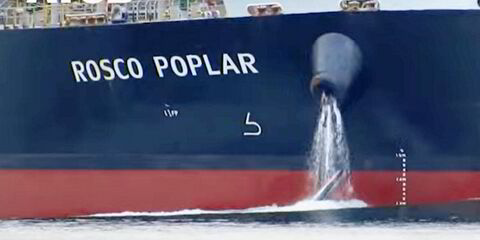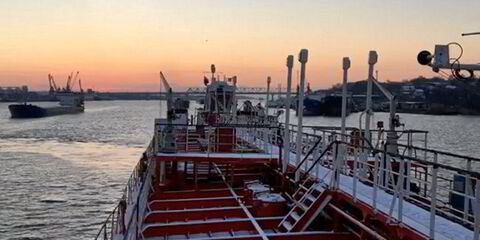As the International Maritime Organization focus on shipping’s carbon emissions, in another corner of the United Nations attention is on biodiversity on the high seas.
In a bonus episode of the Green Seas podcast, three experts explore the potential impacts of the ‘high seas’ treaty on the ocean industries and how the convention aims to protect the waters that lie outside of national jurisdictions.
The treaty was adopted last month and now requires the signatures of 60 nations to become law.

Paul Holthus, chief executive of the nonprofit World Ocean Council, believes that can happen by mid-2025.
“I think that’s a reasonable expectation, given the level of enthusiasm for the treaty and relief amongst everyone that final text has been agreed upon and adopted,” he said, after being involved in the negotiations for a decade.
Maritime lawyer Oddbjorn Slinning, a partner at Norwegian law firm Wikborg Rein, said the treaty could limit the freedom of the seas currently enjoyed by shipping as marine protected areas impact routes, vessel speed and noise in those areas.
“There may be areas in the high seas that will be restricted for human activities, including shipping, fishing … and also potential mining,” he said.
Deepsea mining is a key concern for Birgit Liodden, founder and chief executive of The Ocean Opportunity Lab in Norway, particularly given that the industry has yet to take off and its potential impacts on the ocean environment are unclear.
“We need to be able to make sure that we build up the new ocean industries, and redesign the current ones, in ways where future generations will be able to … taking more valuable resources out of the ocean without damaging it,” she said.
Listen to the epsisode in the player above or on Google Podcasts, Apple Podcasts, Stitcher, Pandora, Spotify or SoundCloud.
Read more
- Comment: Fresh IMO targets highlight need for full-court press on carbon
- ‘Net zero’ floating LNG project off Canada moves into key engineering phase
- UN will start removing FSO Safer’s ‘time bomb’ cargo next week
- Brazil’s Petrobras opts to recycle FPSO in Brazil
- GasLog blames charterers as reduced use of LNG as a fuel hits efficiency rating


